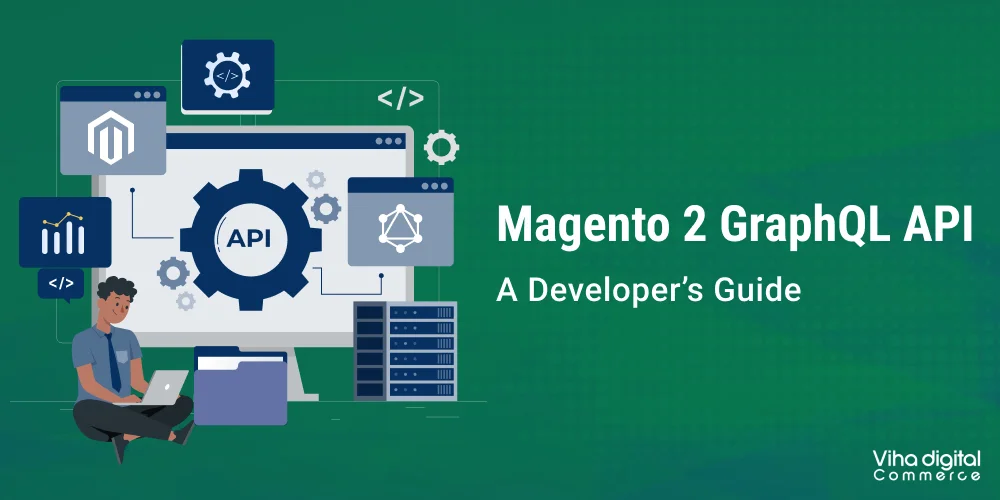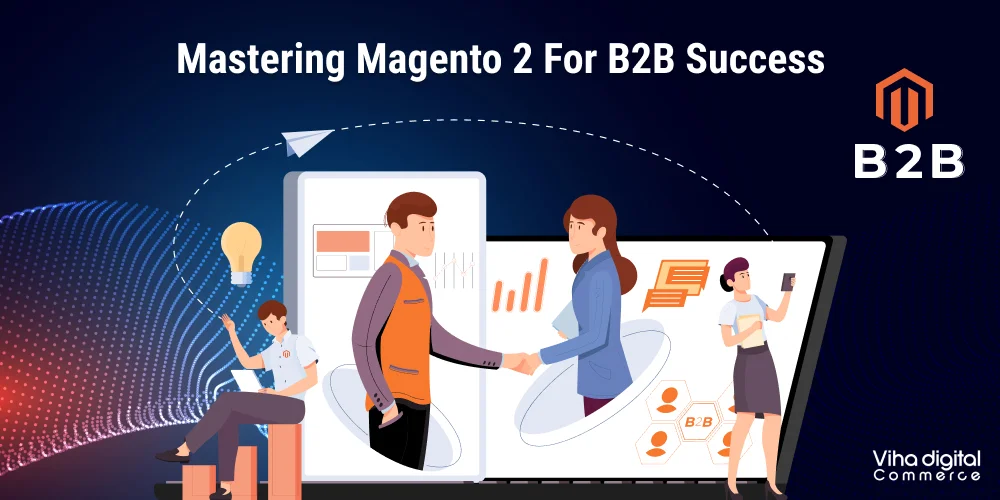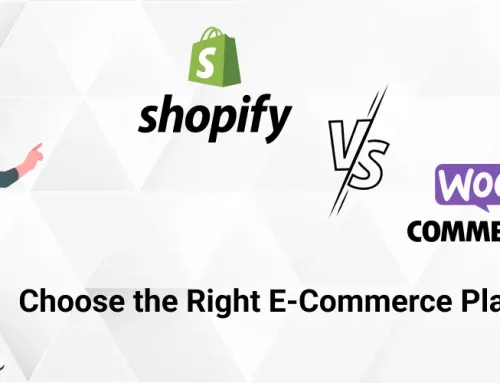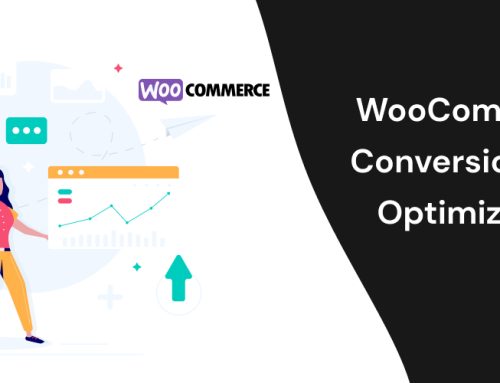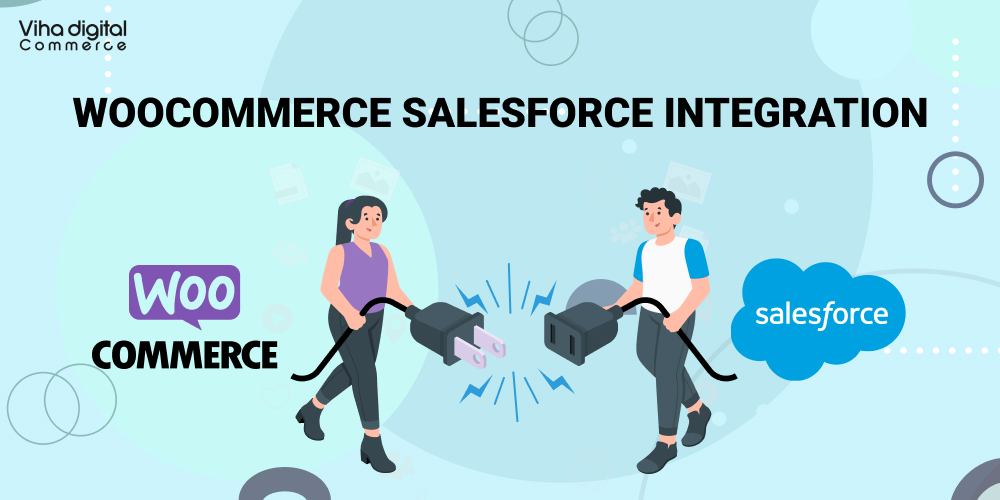
Integrating WooCommerce with Salesforce : Process & Benefits
Are you prepared to let your internet business reach its greatest potential?
Envision an environment where your Customer Relationship Management (CRM) system and eCommerce platform function flawlessly together. Consider the time that will be saved, the knowledge that will be acquired, and the increased sales!
This isn’t just wishful thinking—we’re going to walk you through the process of integrating Salesforce with WooCommerce in this post.
We’ll walk you through every choice and the necessary actions to combine the power of Salesforce and your WooCommerce store.
Now let’s get going!
What advantages come with combining Salesforce and WooCommerce?

Here are some reasons why integrating WooCommerce with Salesforce is like opening up a world of opportunities for your online store:
Customer data sync: Syncing your customer data allows you to have a consolidated database with all of your client data accessible with a single click. With the ability to view your customers’ preferences, contact details, and purchase history in one location, you can target your marketing campaigns precisely and provide a more tailored shopping experience.
Order and sales data tracking: This integration makes it possible for order and sales data from WooCommerce to Salesforce to flow automatically. This data is essential for keeping track of sales figures, figuring out income patterns, and researching consumer purchasing habits. It is the kind of information that enables you to make defensible, fact-based decisions.
Marketing automation: Using your eCommerce data, leverage Salesforce’s state-of-the-art marketing tools to create customized email campaigns, focused promotions, and efficient customer segmentation. It all comes down to timing your message delivery.
Lead and opportunity management: Keep tabs on prospective buyers who have visited your WooCommerce store but haven’t made a purchase. To improve conversions and nurture leads, these insights are priceless.
Inventory control: Make inventory control easier by monitoring stock levels, placing orders quickly, and making sure overselling never catches you off guard.
Customer service and support: Post-purchase service is transformed when you use Salesforce Service Cloud for customer assistance. Handle support issues and customer inquiries with efficiency, making sure each client is respected and heard.
Analytics and reporting: Salesforce’s powerful tools for analytics and reporting will provide in-depth understanding of your WooCommerce performance. Gaining insight into client behavior, sales patterns, and other aspects will equip you with the necessary knowledge to propel your organization ahead.
Real-time data sync: Real-time data synchronization ensures that the information you have about your customers and sales is constantly up to date and correct, allowing you to make decisions based on the most recent information.
Workflow automation: To simplify your life, set up automatic workflows in Salesforce that react to events in WooCommerce, such as assigning tasks, changing data, or sending follow-up emails.
Cross-channel marketing: By integrating all channels, this approach offers a unified consumer experience that boosts engagement and loyalty.
Which choices do you have for fusing Salesforce with WooCommerce?
When it comes to combining WooCommerce with Salesforce, there are a few options available to you: using Salesforce connection plugins, using Zapier or other comparable workflow automation tools, or engaging a professional developer. Let’s get started and identify which of these strategies best suits your demands. Each of these strategies has certain advantages of its own.
Method 1: Plugins for Salesforce integration
Although there isn’t an official plugin for this combo, there are a number of unauthorized alternatives. Let’s examine a few of them:
WP Swings’ Salesforce Integration for WooCommerce:
Between your WooCommerce store and Salesforce CRM, this plugin serves as a bridge.
These are some of this tool’s primary features:
Synchronization of data in real time:
WooCommerce field mapping to Salesforce objects is simple.
Support for numerous Salesforce accounts.
Since it is an unofficial plugin, it might not fully cover all Salesforce capabilities, and there is no guarantee that it will work with changes to either platform in the future.
CRM Perks’ WooCommerce Salesforce Plugin:
The import of WooCommerce order and customer data into Salesforce is made easier with this plugin. It provides an easy-to-use interface for mapping Salesforce fields to WooCommerce fields, letting you tailor the data sync to your needs. Extra characteristics consist of:
Options for filtering to sync particular records:
Assistance with large-scale data transfer:
This plugin’s limitations include its reliance on updates from Salesforce and WooCommerce, as well as any potential conflicts with other plugins or adjustments you might have made to your WooCommerce website.
Method 2: Workflow automation tools such as Zapier
With the use of an online automation service called Zapier, users may automate repetitive processes without knowing how to code or needing to hire developers to establish the integration between many web apps, such as Salesforce and WooCommerce. It has an intuitive UI and is meant for non-technical users.
Because they are easily accessible, solutions such as Zapier are quite versatile and a great option for companies that want to combine platforms without requiring extensive technical knowledge. But it’s crucial to understand that there are certain restrictions:
Smaller companies or those with tighter budgets may want to take into account the costs of Zapier’s premium plans, particularly when it comes to requirements for comprehensive automation.
Trigger reaction times could be delayed, which could interfere with real-time data syncing.
The degree of customisation that is possible; although Zapier provides a selection of pre-built Zaps, certain intricate workflows might not be completely supported.
In conclusion, although Zapier and other similar solutions offer a useful and intuitive way to integrate WooCommerce with Salesforce, it is important to consider the advantages and disadvantages of each, particularly when handling more complicated or specific business requirements.
Method 3: Assisting a knowledgeable developer
There are several benefits to using a WordPress development expert‘s skills, and doing so will guarantee that Salesforce and WooCommerce are integrated successfully and efficiently.
Choosing a WooCommerce-focused developer or development team, like ours at Saucal, ensures a premium, custom integration solution. Because WooExperts are familiar with the nuances of both Salesforce and WooCommerce, they can customize the integration to precisely match your operational routines, CRM tactics, and overarching company goals.
The function of the developer in integration
When working with a developer, you engage in a collaborative process where your business’s requirements are fully recognized and taken care of. Many workflows between the two platforms can be automated with the assistance of our team at Saucal. For instance, when a new customer registers on your WooCommerce website, immediately create a Salesforce lead or opportunity, or update customer data in Salesforce whenever a change occurs in WooCommerce.
Furthermore, by designing a special collection of codes and protocols that enable efficient communication between the two systems, we may create a custom API integration between WooCommerce and Salesforce. This customized API guarantees the proper integration of the particular data points, workflows, and features you require.
Constant assistance and flexibility
Working with a developer has several benefits, but maybe the biggest is the constant support and updates they offer. To guarantee that your integration continues to be functional and effective, a committed developer monitors any modifications or updates and provides prompt updates and support. This is necessary to keep the integration working well over time, adjust to new features, and fix any problems that might come up.
This is particularly valid when Viha Digital Commerce is your partner. Our area of expertise is managed WooCommerce maintenance, and we provide a thorough strategy to guarantee the seamless and effective operation of your eCommerce platform.
Our committed staff actively searches for methods to improve user experience and performance while keeping an eye on and updating your WooCommerce website. To keep your website safe from new threats, this also entails routine inspections for any potential security flaws.
We are aware that WooCommerce releases new features and upgrades frequently to improve usability and functionality. Your site will smoothly integrate these changes and remain compatible with the most recent versions of WooCommerce thanks to the efforts of our staff and managed maintenance services.
We at Viha Digital Commerce Have a Plethora of Knowledge in UI/UX Design, Digital Marketing, Mobile Web Development, eCommerce Development, and the Top Website Development Services With Required Features and Functionalities, Including WordPress Website Development Services, PHP Development, and eCommerce Development Solutions. We Have a Highly Effective Staff of UI/UX Designers, Mobile Web Developers, PHP Developers, Digital Marketers, and Project Managers Who Are Committed to Our Customers.
editor's pick
Harnessing the Power of Magento 2 GraphQL API: A Developer’s Guide
In the dynamic world of e-commerce, efficient and flexible [...]
Unlocking the Potential of Magento 2 B2B: A Comprehensive Guide
In the world of B2B e-commerce, having a robust, [...]
Viha Digital Commerce Gets Recognized as Clutch Global Leader for Spring 2024!
It is a privilege for Viha Digital Commerce to be named [...]
